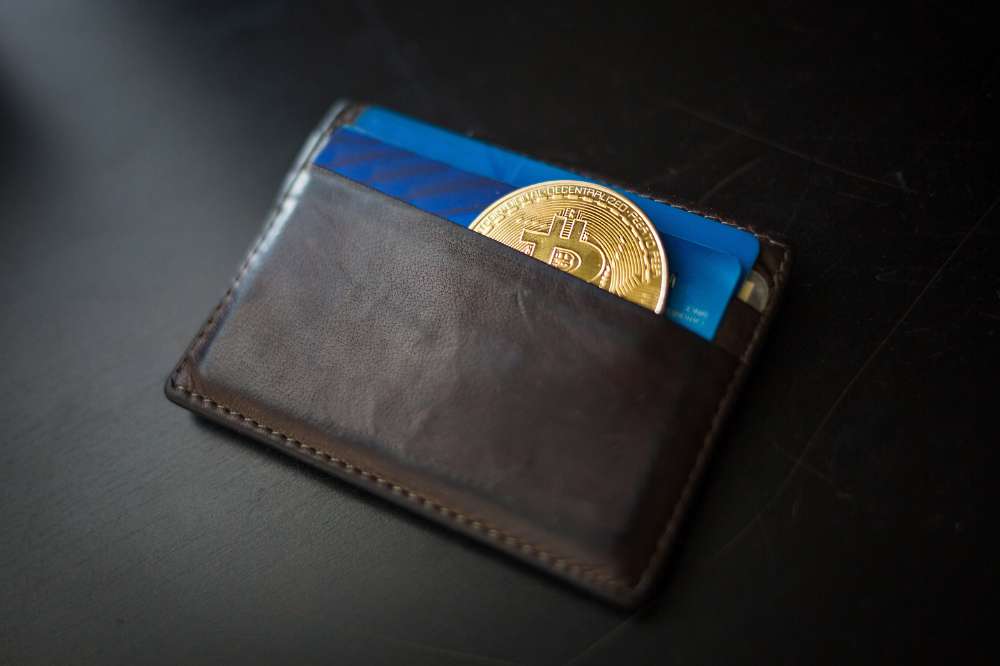Many brokers have you fix a slippage percentage when buying crypto online. Slippage is the difference between the market price and the transaction price of crypto trading.
Let’s understand this with an example. Say you placed an order for $10, but by the time the transaction happened, for certain reasons, the price increased to $11. When the transaction happens at a price more or less than the expected price, it is called “slippage.”
It is not common, and there is a very rare chance of it happening. But, if you deal in cryptocurrency, it can be useful to know what slippage is in crypto, why it happens, and how you can avoid it. We will cover all this in this article, so continue reading!
What is Slippage in A Market Order?
A market order allows you to place an order for any coin at its current market price. You can set the number of coins you want to purchase on the exchange. Take a look at the following example:
No products found.
To place an order, you select the coin you want to buy and enter its amount. Let’s say one coin’s estimated cost is $50. And when you buy that item, there are only 0.5 coins available for that price. So for the execution of the purchase of the remaining 0.5 coins, the exchange will move on to the next best offer, which could be $50.5. Suppose there are only 0.3 coins available at the next level. The purchase will then move on to the next level.
This process will go on until the order is fulfilled. At each level, there will be a different price than the initially shown market price. So, by the time your order is executed, you end up paying more than the expected price.
This price can amount to a much larger sum when you place a large order. This price increase is called the “slippage.” You can experience positive or negative slippage, depending on the market.
What Causes Slippage in Crypto?
The reason it occurs is:
1. Low Liquidity
Low liquidity means that the number of active trades is low, which makes it difficult to sell shares. This may force you to sell at a lower price than the desired price, driving the slippage high.
Low liquidity can result from a lack of popularity for a cryptocurrency, which is why the number of buyers is lower for them. And they cannot be converted into cash easily.
2. High Price Volatility
Slippage occurs not only in crypto but in all trading markets. Yet, it is more common in crypto due to the high price volatility, which can lead to drastic price fluctuations. It is more likely to happen in highly volatile markets.
3. Low Volume
It occurs when there is not enough to fulfill your order at the quoted bid. So, your order slips to the next level, which is at a worse price. This can happen when you place a large order, and it cannot be executed due to low volume.
How to Control Slippage?
Slippage is unavoidable in all kinds of markets, but there are some things you can do to ensure minimum exposure to it. These are:
1. Set Slippage Tolerance
You can keep it in check during a transaction by setting a maximum percentage of it. If the price of the order goes beyond your limit price, then the app will show an error, and the order will fail to execute.
If you are comfortable with paying more, you can increase the slippage tolerance and buy the coins. However, if you are not, you can keep trying to purchase the coins at the same rate.
It is advised not to set the percentage too high because you might end up paying a lot more for a currency than you should. You should not run the trade just to buy a coin, only to get zero benefits.
Some coins gain hype quickly, and their market value increases. In this case, you may increase your slippage rate to complete the transaction. This way, if the currency ends up doing well, you can get high returns.
2. Slow News Periods
Another way you can keep the slippage to a minimum is by trading in periods of low volatility. You can wait for the trade to slow down to get the best price. Such days do not come very often, so stay patient.
The market is susceptible to fast-changing trends during major news events such as elections, FOMC announcements, etc. For example, in the recent Philippine Presidential elections, the Philippine stock market took a tumble, and Wall Street dropped to a 9-month low.
During national events, the market prices fluctuate a lot, and there is a high chance of slippage. So, keep your slippage tolerance rates low during such periods.
3. Stop-Loss Orders
Just as the name suggests, a stop-loss order will keep your losses to a minimum in an unfavorable market. There will be certain slippage costs, but it will ensure an exit from the trade at your desired price.
If you don’t set a stop-loss limit, your losses will continue to mount, resulting in a huge loss in a declining market. With a stop-loss order, you can sell at the set price with low slippage.
This is the best option if you want to sell your assets and execute the trade quickly.
When to Adjust Slippage Tolerance?
There is a whole community of crypto enthusiasts who can help you make an informed decision about the slippage percentage for a particular coin. And they can make your life easier by sharing the best slippage available for a coin on average.
Many decentralized exchanges such as Uniswap have a default slippage rate of 0.5 percent. This value also depends on the volatility and liquidity of the cryptocurrency. The slippage tolerance can even go up to 12–20 percent due to high volatility.
Remember, its percentage depends on:
- The type of cryptocurrency you are dealing with.
- Different times of the day – The optimal time for day trading is between 9:30 a.m. and 10:30 a.m. ET.
- The market’s trends and position as a whole
If you are new to trading and want to know how to alter the slippage percentage on the exchange you are using, simply Google the slippage with the “Exchange Name,” and you will find some useful information on the web on where to check and how to reset it.
How to Prevent Slippage in Crypto?
There is one way in which you can eliminate it in crypto, which is to place a limit order. Limit orders do not experience slippage. With it, you enter the number of coins you want to purchase, and the order will be executed at the displayed market price or a lower price.
If the order executes at a lower price than the actual price, then it is considered “positive slippage,” where you end up making a better deal and saving money. This increases your buying power, and you end up with more tokens.
If the price rises, the trading platform will show an error, and the order will not go through. Placing limit orders is the best way to save yourself from incurring heavy losses in trading. To prevent slippage, you should avoid trading in highly volatile markets and periods of low liquidity.
People Also Ask
If you have any remaining doubts and questions, you may find their answers below:
1. What is Front-Running in Crypto?
You might see an error on the broker interface showing “Your transaction may be front-run.” This happens when you set the slippage limit too high, running the risk of purchasing crypto at a much higher price than it is worth.
This puts you in a vulnerable position and forces you to buy crypto at the highest rate. Always keep your tolerance low to minimize slippage.
2. Does Slippage Affect Gas Fees?
To keep the slippage to a minimum, traders sometimes divide the coins they want to buy into smaller chunks and proceed with a counter transaction. But this method can backfire because every transaction charges a gas fee for execution.
If you divide your order into parts, you have to pay the gas fees for each. You might end up spending more on gas fees in micro trades than you stand to avoid slippage costs.
Final Words
By now, you know the answer to what is slippage in crypto and why it happens in trades. It can not be avoided in trades. But as an investor, you need to be calm about all your transactions.
You shouldn’t panic and sell at a lower price when the market is down. You shouldn’t buy at a higher price when the market goes up either.
It is important to stay sharp and make a calculated decision without paying much heed to market speculation. Instead of recklessly placing an order on one market, you should strategically place orders at specific prices that do not experience slippage.



